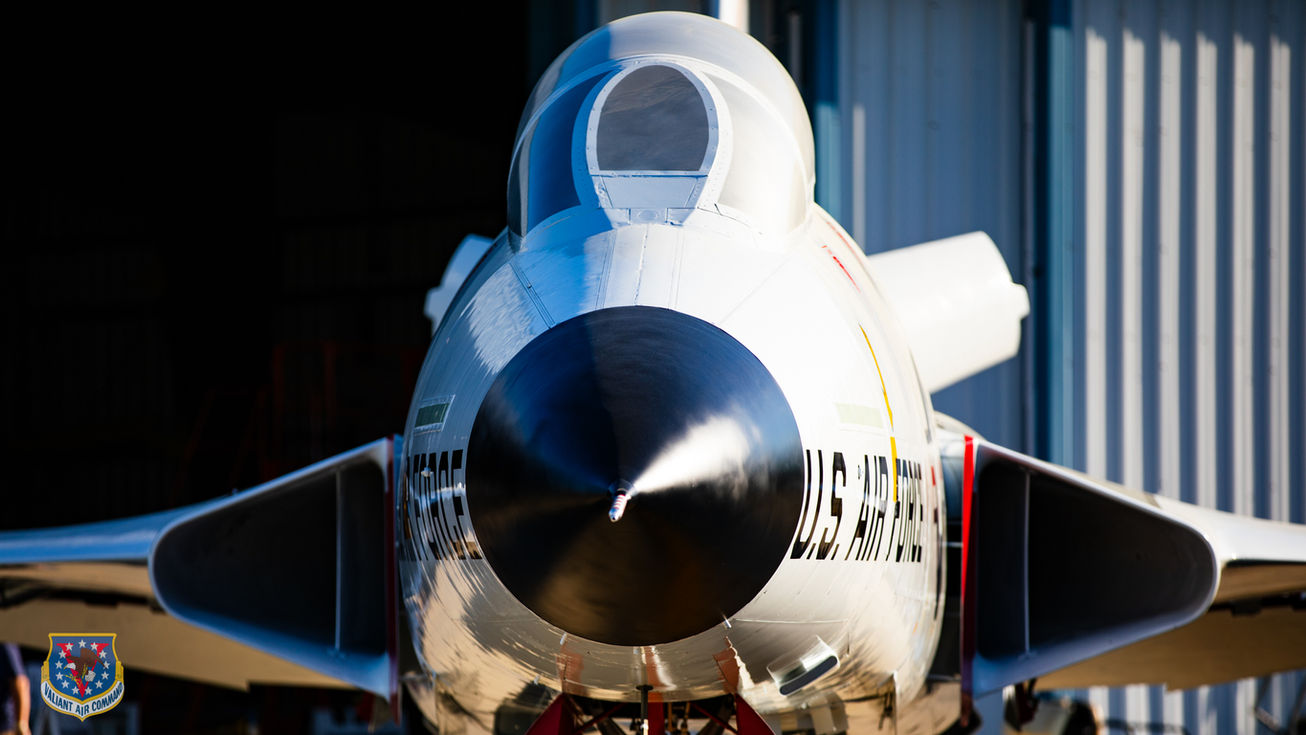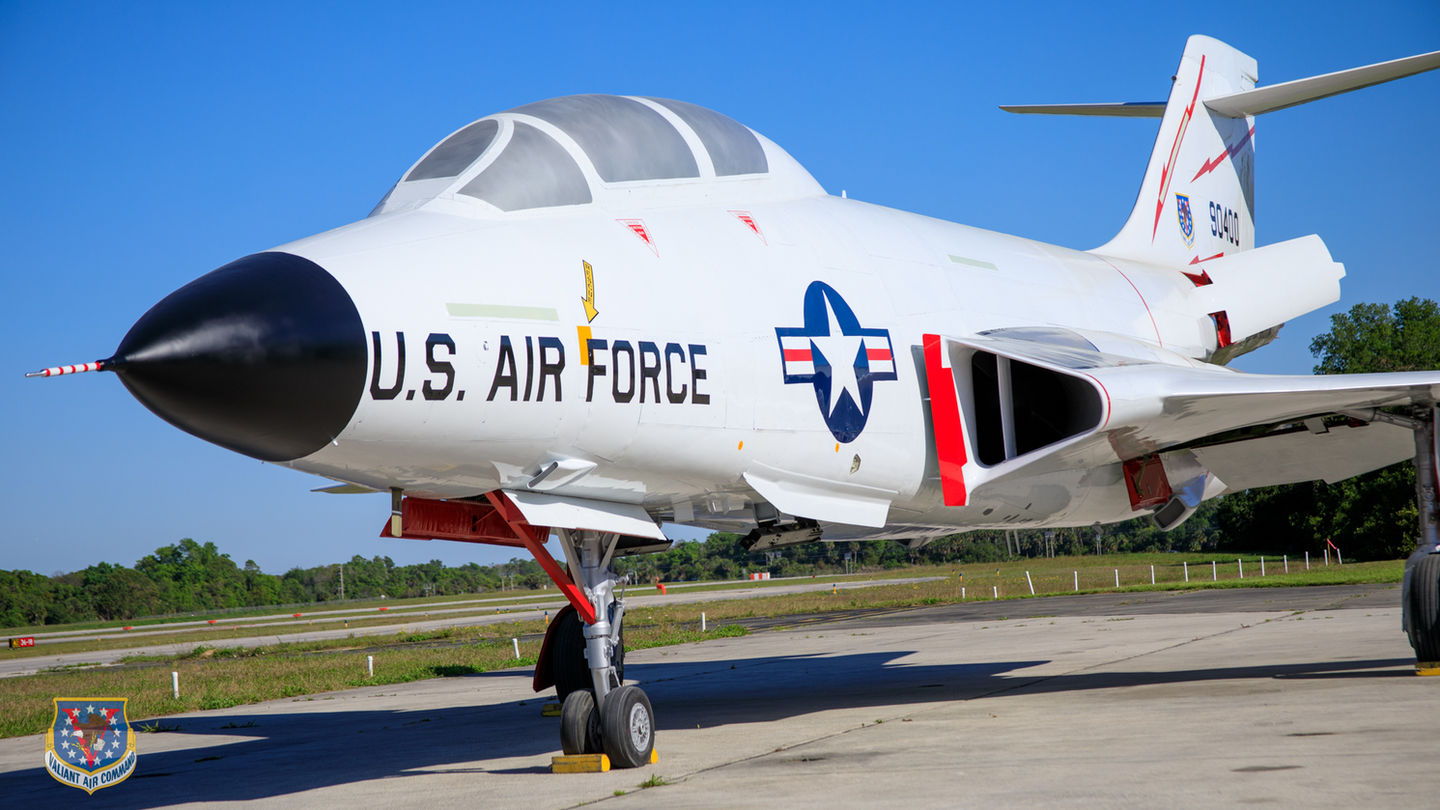Create Your First Project
Start adding your projects to your portfolio. Click on "Manage Projects" to get started
CF-101F Voodoo
First Flight
September 29, 1954
Location
Vietnam Hangar Ramp
Dimensions & Capacity
Crew: 2
Length: 67 ft 5 in (20.55 m)
Wingspan: 39 ft 8 in (12.09 m)
Height: 18 ft 0 in (5.49 m)
Empty Weight: 28,495 lb (12,925 kg)
Max Take Off Weight: 52,400 lb (23,768 kg)
Performance
Speed: Maximum – 1,134 mph (1,825 km/h, 985 kn) at 35,000 ft (11,000 m)
Service Ceiling: 58,400 ft (17,800 m)
Range: 1,520 mi (2,450 km, 1,320 nmi)
Airworthiness
Static Aircraft
Armament
Missiles: 4 (originally 6)× AIM-4 Falcon, or 2× AIR-2 Genie nuclear rockets, plus 2× AIM-4 Falcon
Loan Status
This aircraft is on loan from the National Museum of the United States Air Force
Serial Number
17400 (59-0400)
F-100D Voodoo “One-Oh-Wonder”
The McDonnell F-101 Voodoo is a supersonic jet fighter that served the United States Air Force (USAF) and the Royal Canadian Air Force (RCAF). Initially designed by McDonnell Aircraft as a long-range bomber escort (known as a penetration fighter) for the USAF’s Strategic Air Command (SAC), the Voodoo was instead developed as a nuclear-armed fighter-bomber for the USAF’s Tactical Air Command (TAC), and as a photo-reconnaissance aircraft based on the same airframe. An F-101A set a number of world speed records for jet-powered aircraft, including the fastest airspeed, attaining 1,207.6 miles (1,943.4 km) per hour on 12 December 1957. They operated in the reconnaissance role until 1979.
Delays in the 1954 interceptor project led to demands for an interim interceptor aircraft design, a role that was eventually won by the B model of the Voodoo. This required extensive modifications to add a large radar to the nose of the aircraft, a second crew member to operate it, and a new weapons bay using a rotating door that kept its four AIM-4 Falcon missiles or two AIR-2 Genie rockets hidden within the airframe until it was time to be fired. The F-101B entered service with USAF Air Defense Command in 1959 and the Royal Canadian Air Force in 1961. US examples were handed off to the USAF Air National Guard where they served until 1982. Canadian examples remained in service until 1984.















































